Since its 2021 French-language publication in Paris, this work by Bolloré and Bonnassies has sold more than 400,000 copies. Now translated into English for the first time by West and Jones, the book offers a new introduction featuring endorsements from a range of scientists and religious leaders, including Nobel Prize-winning astronomers and Roman Catholic cardinals. This appeal to authority, both religious and scientific, distinguishes this volume from a genre of Christian apologetics that tends to reject, rather than embrace, scientific consensus. Central to the book’s argument is that contemporary scientific advancements have undone past emphases on materialist interpretations of the universe (and their parallel doubts of spirituality). According to the authors’ reasoned arguments, what now forms people’s present understanding of the universe—including quantum mechanics, relativity, and the Big Bang—puts “the question of the existence of a creator God back on the table,” given the underlying implications. Einstein’s theory of relativity, for instance, presupposes that if a cause exists behind the origin of the universe, then it must be atemporal, non-spatial, and immaterial. While the book’s contentions related to Christianity specifically, such as its belief in the “indisputable truths contained in the Bible,” may not be as convincing as its broader argument on how the idea of a creator God fits into contemporary scientific understanding, the volume nevertheless offers a refreshingly nuanced approach to the topic. From the work’s outset, the authors (academically trained in math and engineering) reject fundamentalist interpretations of creationism (such as claims that Earth is only 6,000 years old) as “fanciful beliefs” while challenging the philosophical underpinnings of a purely materialist understanding of the universe that may not fit into recent scientific paradigm shifts. Featuring over 500 pages and more than 600 research notes, this book strikes a balance between its academic foundations and an accessible writing style, complemented by dozens of photographs from various sources, diagrams, and charts.




